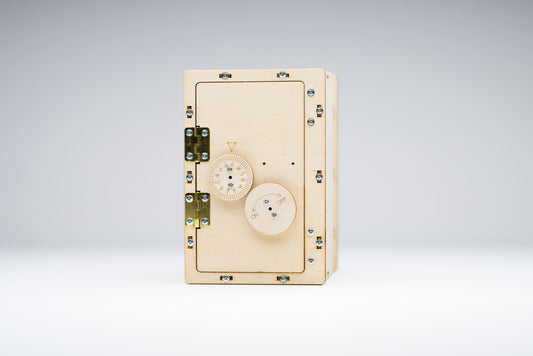In the digital age, understanding the basics of coding is a valuable skill that opens doors to future careers and improves problem-solving abilities. But how can parents and educators make programming concepts engaging for children who might find them intimidating? The answer lies in STEM (Science, Technology, Engineering, and Mathematics) toys designed to help kids explore programming through play. Here’s how these toys can help young learners build their coding confidence and develop a solid foundation for future tech skills.
1. Making Programming Approachable Through Play
STEM toys bring programming to life through playful, tangible experiences. Interactive robots, for example, allow kids to see their code in action as they program their robot to follow commands. Puzzle-like games that require logical thinking also help children understand programming concepts without a steep learning curve.
2. Developing Logical Thinking and Sequencing Skills
At the heart of coding lies logical thinking and sequencing, which help kids understand how to structure commands in the right order to achieve a desired outcome. Programming-focused STEM toys guide children through creating and debugging sequences step-by-step, building their logical reasoning skills and fostering an understanding of cause-and-effect relationships.
3. Introducing Basic Programming Languages
Some STEM toys introduce kids to block-based programming, which uses visual code blocks that snap together to represent different commands. This approach helps kids familiarize themselves with programming structures and logic without overwhelming them with syntax. As children progress, toys can gradually introduce more complex programming languages like Python, JavaScript, or Scratch.
4. Encouraging Creative Problem-Solving
Programming often involves tackling challenges creatively, whether it’s designing a game or automating a robot’s actions. STEM toys present kids with puzzles or tasks that require them to solve problems using code, helping them think outside the box while developing resilience when solutions don’t work as expected.
5. Building Confidence with Progressive Challenges
Programming-focused STEM toys often start with simple challenges that progressively become more difficult as children learn. This gradual increase in complexity ensures kids can build confidence with smaller successes before tackling larger problems, reinforcing their belief in their coding abilities.
6. Promoting Collaboration and Sharing
Many programming games and kits promote collaboration by encouraging kids to share their code, work in teams, or participate in coding challenges together. This collaborative spirit helps children learn from each other, share ideas, and gain inspiration for their projects, making coding a social and inclusive activity.
7. Linking Coding to Real-World Applications
STEM toys help children see the connection between their programming skills and real-world applications. For instance, building and programming a robot to navigate an obstacle course demonstrates how programming can solve real-world problems. This practical context allows kids to understand the tangible benefits of their new skills.
Conclusion
STEM toys provide a playful and accessible way for children to learn the fundamentals of coding. By developing logical thinking, creativity, and confidence through engaging challenges and collaborative play, these toys build a solid foundation for future programming endeavors. They help kids see programming not as a daunting task but as an exciting skill that opens doors to innovation. By introducing your child to coding through STEM toys, you can empower them with the skills needed to thrive in our tech-driven world.




